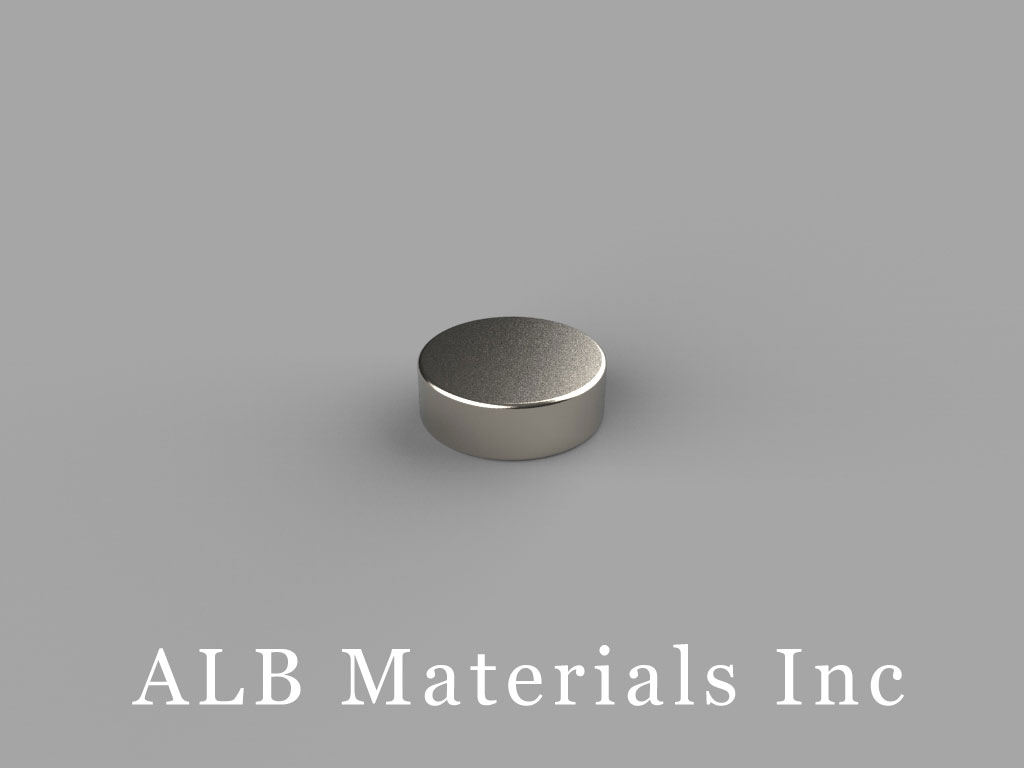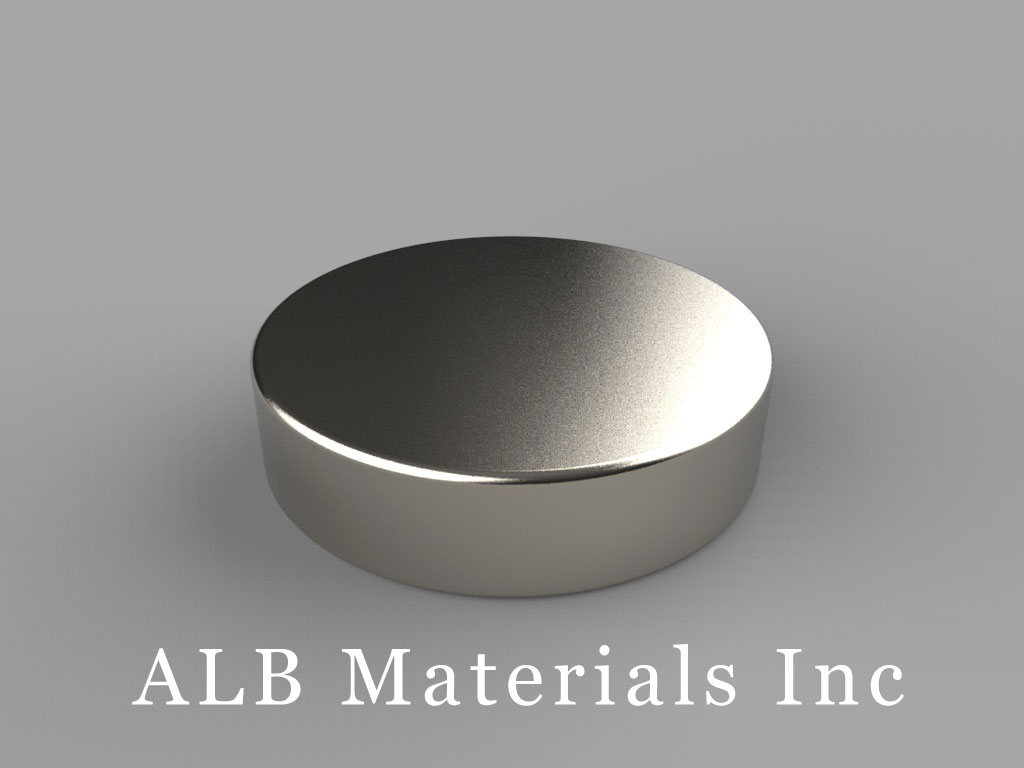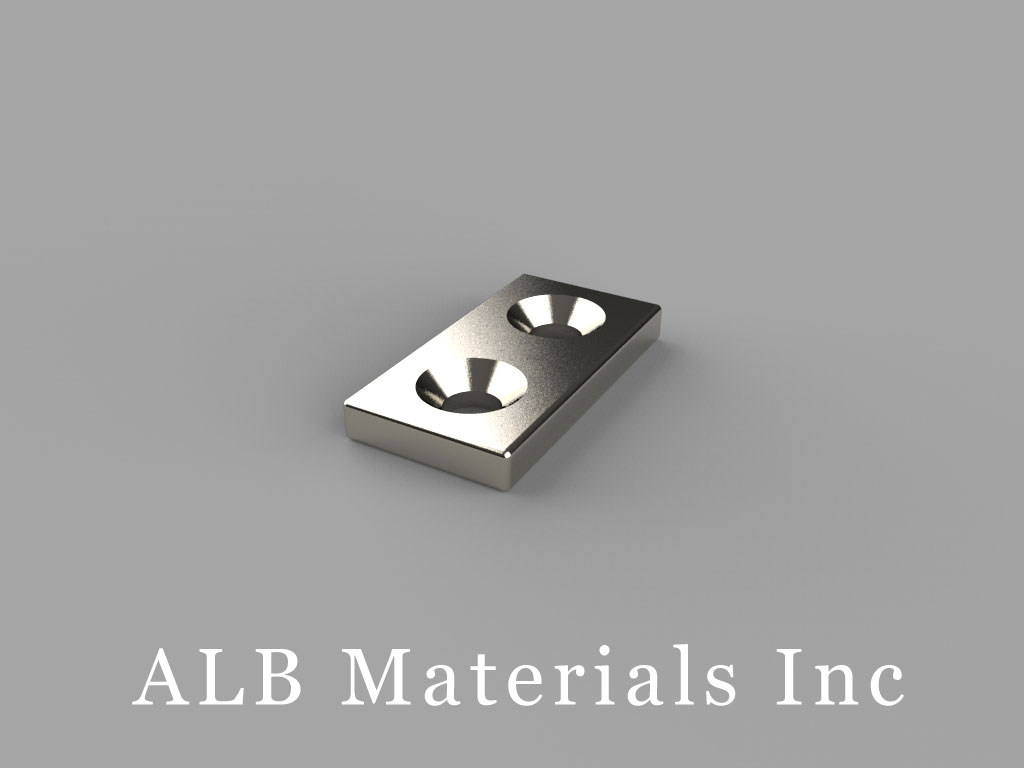401 Ryland St. Ste 200-A,
Reno, NV 89502
United States
E-mail: sales@albmaterials.com
- D-D50H12-N35 Neodymium Magnet, 50x12mm Disc Magnet
- MMWR-B-X0 Stainless Mounting Magnets
- DX0E Neodymium Magnets, 1 inch dia. x 7/8 inch thick
- DZX04 Neodymium Magnets, 4 inch dia. x 1/4 inch thick
- D91-N52 Neodymium Magnets, 9/16 inch dia. x 1/16 inch thick
- DC4SH Neodymium Magnets, 3/4 inch dia. x 1/4 inch thick
- DAA Neodymium Magnets, 5/8 inch dia. x 5/8 inch thick
- D-D4H3-N50 Neodymium Magnet, 4x3mm Disc Magnet
- MM-E-32 Metric Mounting Magnets
- D3x1.5mm Neodymium Magnet, 3 x 1.5mm Disc Magnet
- RZ048 Neodymium Magnets, 3 inch od x 1/4 inch id x 1/2 inch thick
- MM-D-32 Metric Mounting Magnets
- MMS-E-Y0 Standard Mounting Magnets
- DA01-N52 Neodymium Magnets, 5/8 inch dia. x 1/32 inch thick
- BX084TP-N52 Plastic Coated Neodymium Magnets
- Round Magnetic Separator Grid
Neodymium Magnets Production
Production Process of Neodymium Magnets:
1. Vacuum Melting
Compositions of neodymium, iron , iron-boron, dysprosium and minor additions including cobalt , copper , gallium, aluminum and others are mixed and induce-melted to form Nd2Fe14B phase and other necessary structures required for high performance permanent magnets. The melting temperature reaches over 1300o C. Usually repeated melting is needed to produce an even phase and structure distribution .
2. Crushing
The ingots from the vacuum melting process are crushed into coarse powder directly , or strip cast followed by HDDR processing into coarse powder .
3. Jet Milling
The coarse powder further milled into required particles sized about 3 microns in diameter by a jet miller . Those particles become single-domain and anisotropic whichare critical for producing a high coercivity magnet. Jet milling is the most effective way to mill the particles so far.
4. Pressing
Compact the fine powder to produce block magnets. Usually a magnetic field is applied during pressing to align those anisotropic particles in order to produce maximum magnetic output in a particular direction. There are two pressing methods, transverse and axial , depending on different applications. Isostatic pressing is normally used to further densify magnets to 75-80% .
5. Vacuum Sintering
The compacted magnets are sintered at temperatures above 1000 o C and for many hours to be solidified and compacted further more up to 99% by shrinking it's body. A required microstructure between particles for high performance permanent magnets is also formed in this stage. Some following heat-treatments are needed to stabilize the magnets .
6. Machining
Shrinkage and distortion during sintering is too difficult to control adequately and magnets normally need at least a “ clean up” grind on the surface. Small parts are cut or sliced precisely to form a big block to meet the demanding tolerances and different shapes .
7. Surface Treatment
Various surface treatments can be applied on the final products . They include zinc, nickel ,Ni-Cu-Ni multi-layer, e-coating , epoxy and others. They provide different surface finishing, appearance and corrosion resistance, applicable to different application environments.
8. Inspection
This is the final step. Magnets are inspected based on customer specifications and needs, including dimensional and magnetic tests.
Part of the content in this article is reproduced from other media for the purpose of transmitting more information and does not mean that this website agrees with its views or confirms the authenticity of its content. It shall not bear direct responsibility and joint liability for the infringement of such works.
If there is any infringement, bad information, error correction, and other issues in the content of this page, please contact us at info@albmaterials.com
Link to this article: https://www.albmagnets.com/blog/neodymium-magnets-production.html
How to choose and buy a strong neodymium magnet? ALBMagnets is a professional company for strong magnet design and manufacturing,
providing you with reliable N35, N38, N42, N52, N42SH and other grade super neodymium magnets and SmCo rare earth magnets.







